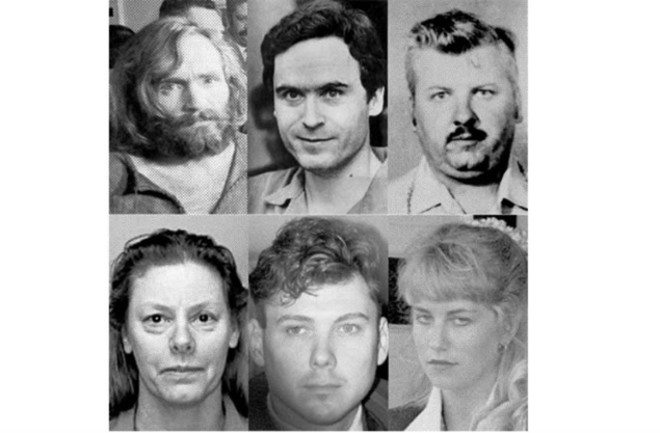Robert Hare steps out of the sunlight and into a West Vancouver pub. “Let me see your eyes,” says the 82-year old, piercing me with a cautious gaze that has sized up hundreds of criminals, including some of Canada’s most notorious psychopaths. The word itself has become a synonym for a certain type of evil, denoting a specific breed of cunning, bloodthirsty predator who lacks empathy, remorse and impulse control, readily violating social rules and exploiting others to get what he or she wants.
Psychopaths are capable of the most heinous crimes, yet they’re often so charming and manipulative that they can hide behind a well-cultivated mask of normalcy for years and perhaps their entire lives. Only the ones who get caught become household names, such as Ted Bundy, “Killer Clown” John Wayne Gacy and “Ken and Barbie Killers” Paul Bernardo and Karla Homolka.
Hare’s oblique wariness of a reporter brandishing a voice recorder in a busy taphouse is perhaps no surprise, given his expertise with the subject and the research that suggests 1 in 100 people are psychopaths who tend to blend in, like cold-blooded chameleons. We know psychopaths make up 15 to 20 percent of the prison population, at least 70 percent of repeat violent offenders and the significant majority of serial killers and sex offenders. We know they’re difficult to treat using conventional methods, partly because they rarely seek out treatment. Yet they’re three times more likely to be released — and they get paroled almost three times faster — than their non-psychopathic counterparts. With the advent of neuroscience, we know the brains of psychopaths are atypical, leading some experts to call psychopathy a neurodevelopmental disorder, akin to autism, and one that’s diagnosable even in small children.
We know so much about psychopaths because of The Hare — officially the Psychopathy Check List-Revised (PCL-R) — the test that Hare developed for researchers in 1980 and released publicly in 1991. It’s now the gold standard used by researchers, forensic clinicians and the justice system to identify the hallmark traits and behaviors that make psychopaths chillingly unique.

